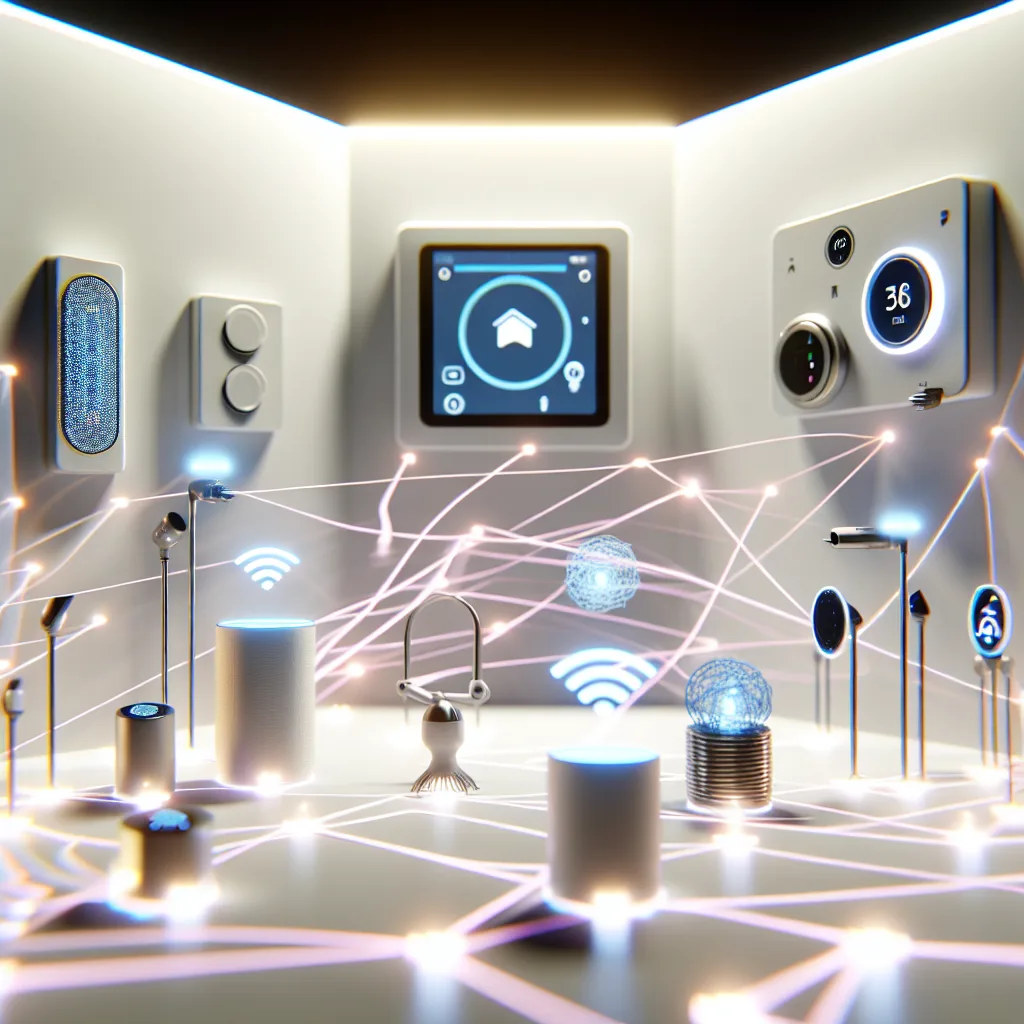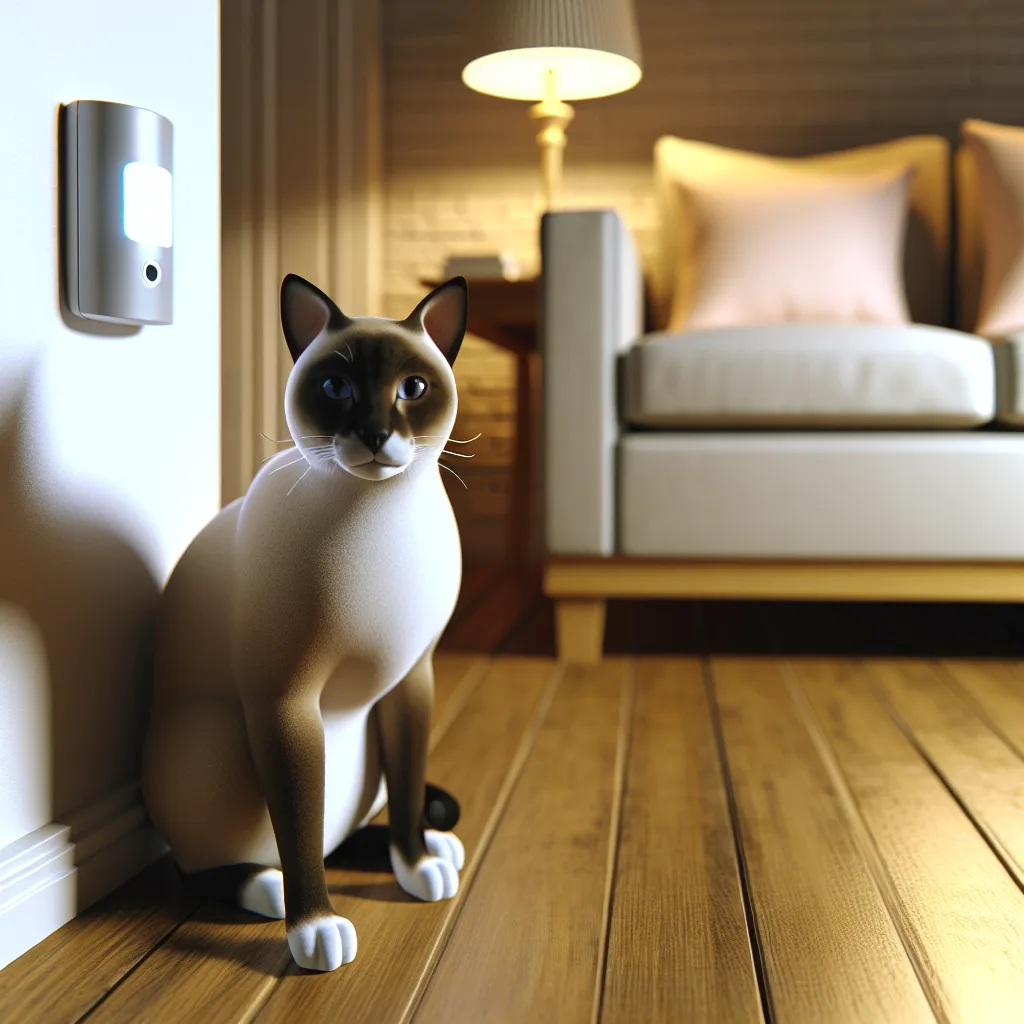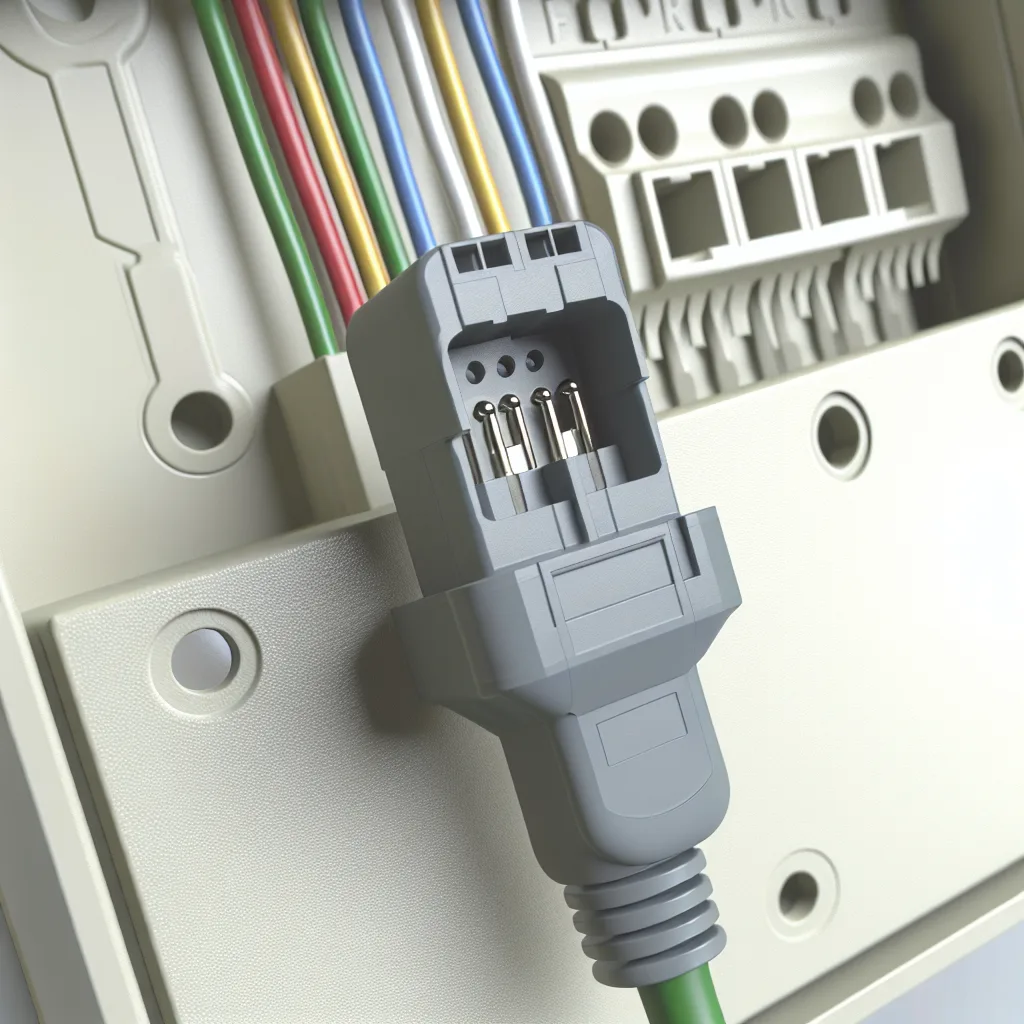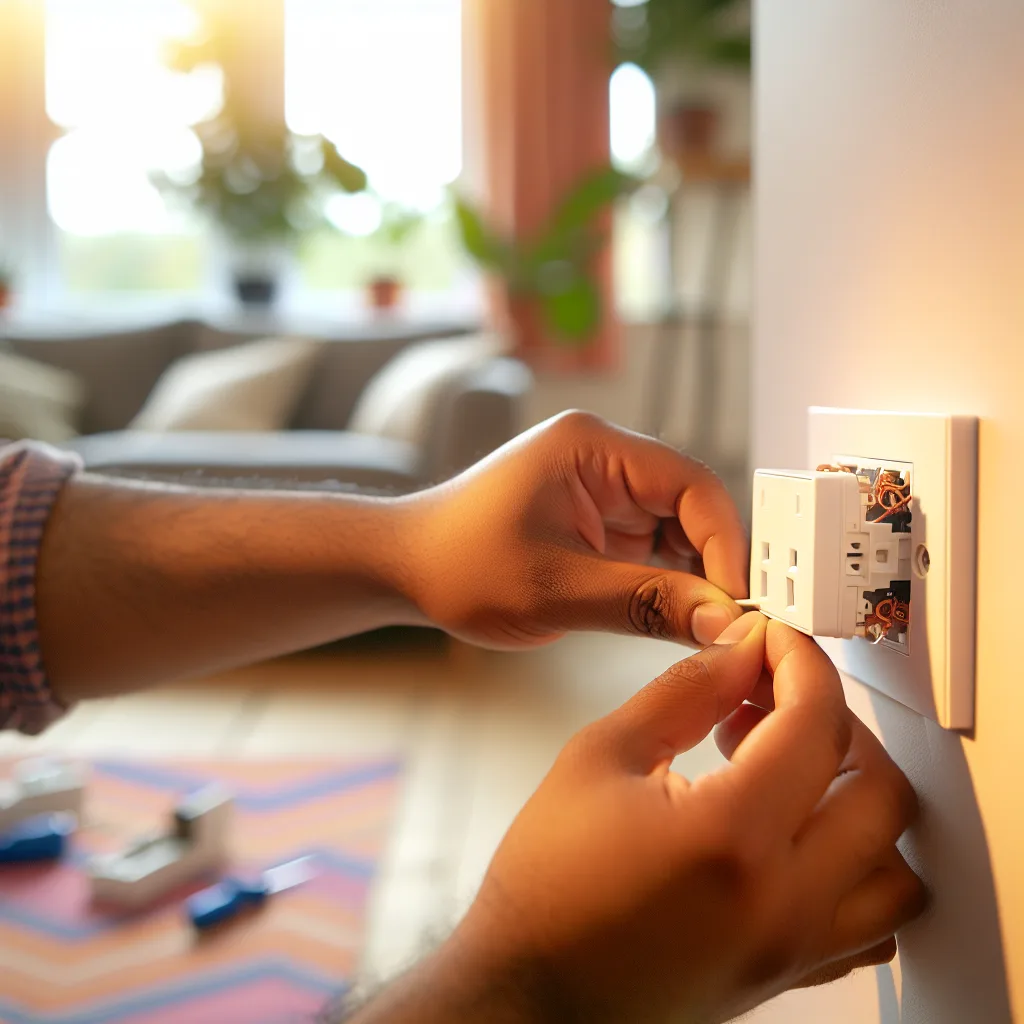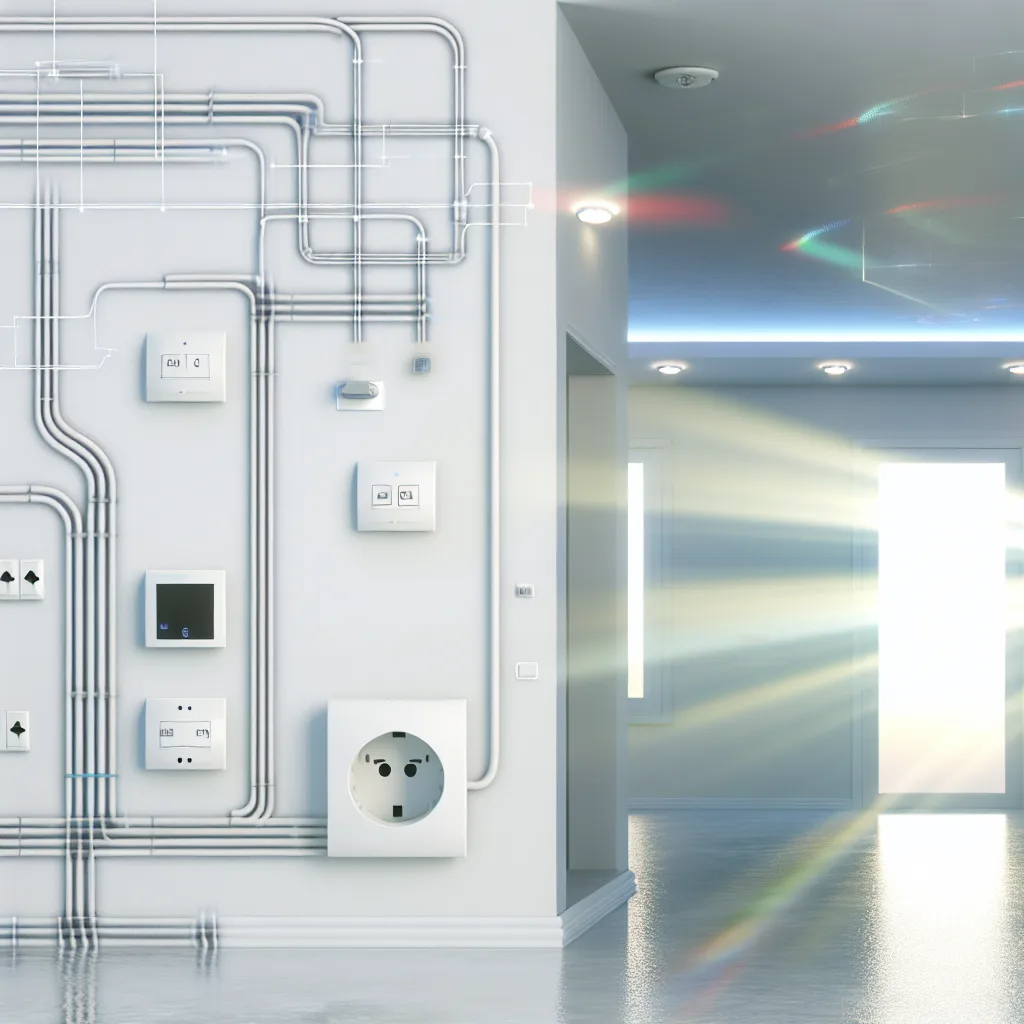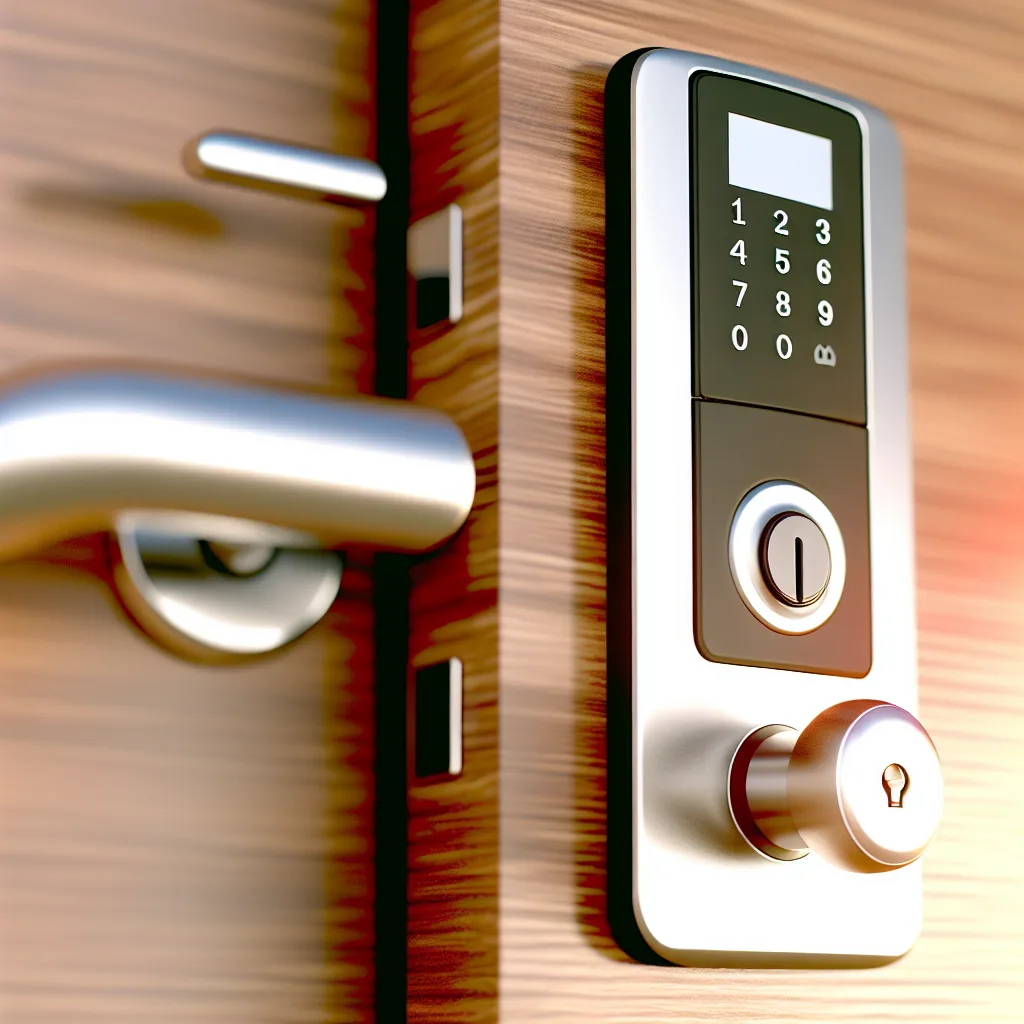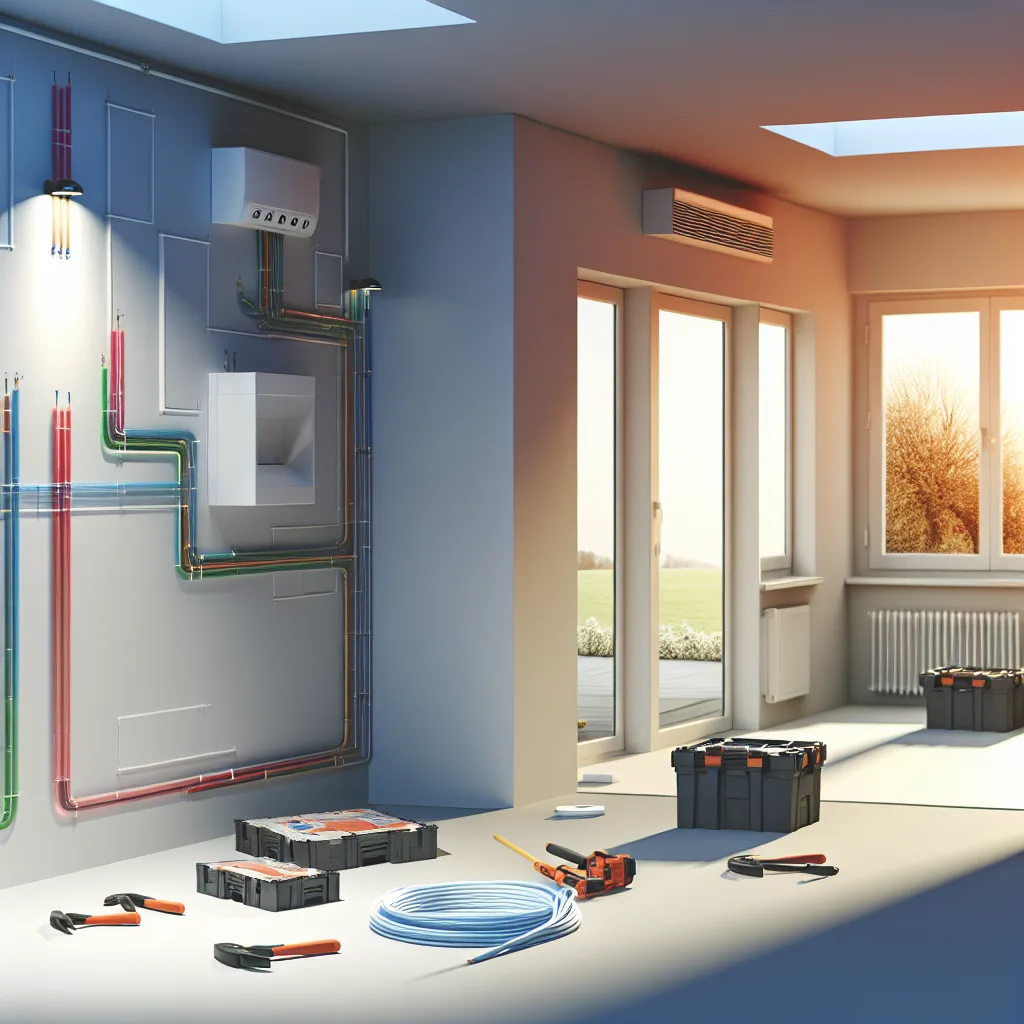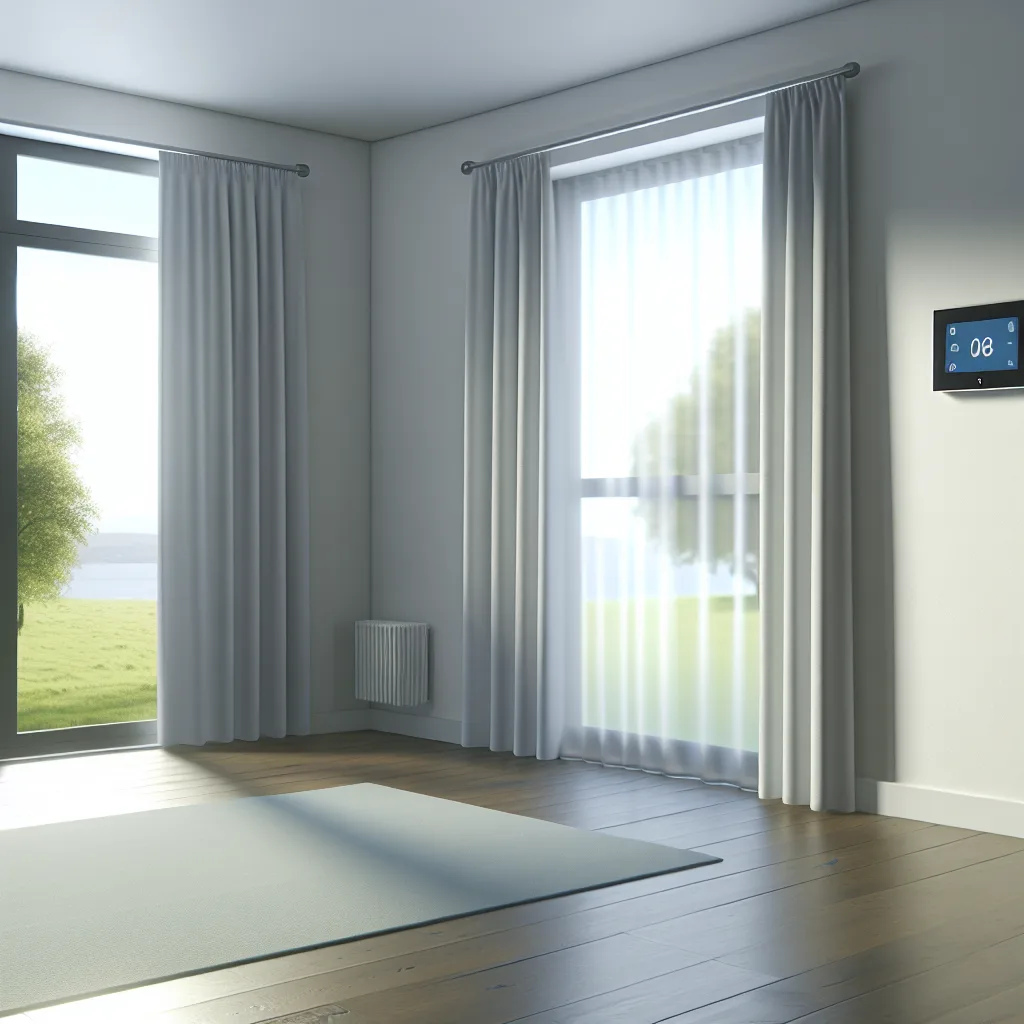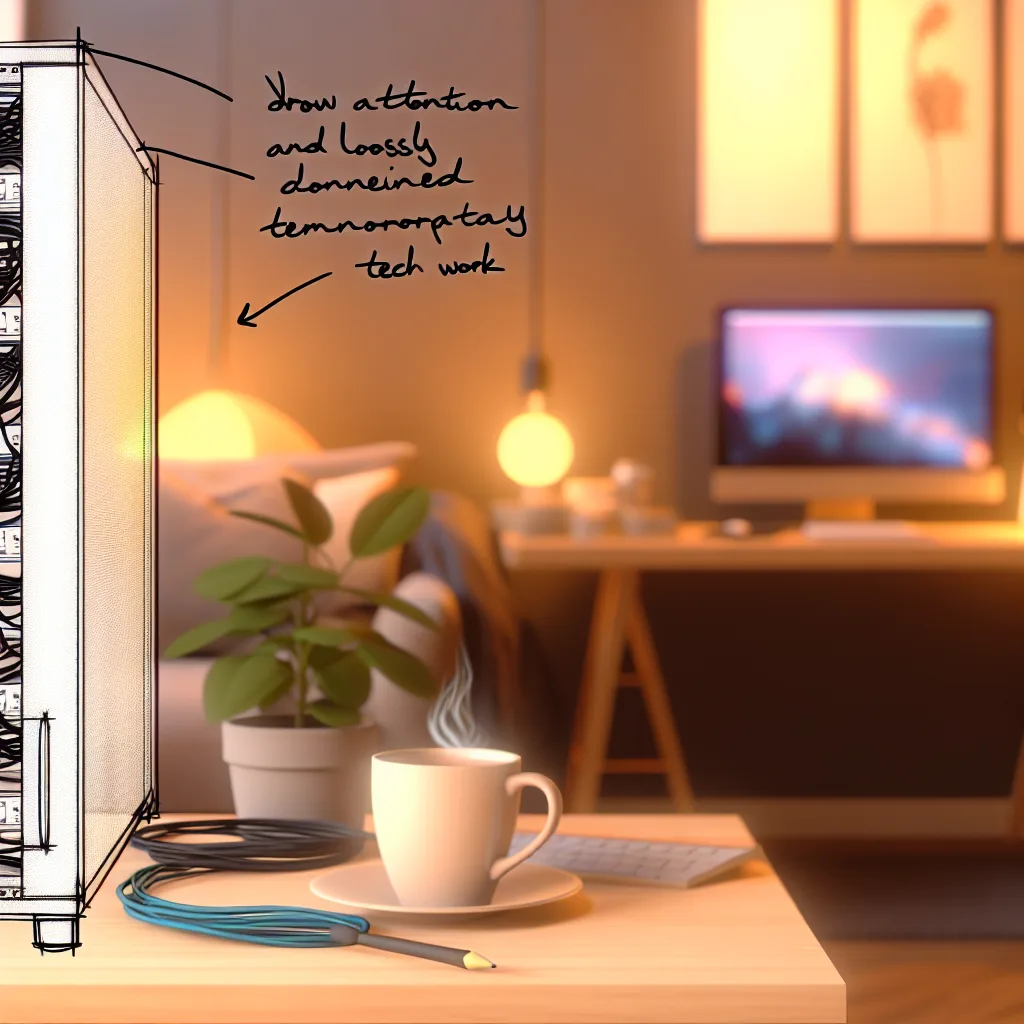Understanding AI orchestration in IoT workflows with safe and dynamic device management
If you’ve ever wondered how smart home devices like thermostats or security cameras seem to just ‘know’ what to do, you’re in the right place. Today, I’ll walk you through how AI agents IoT systems manage to plan and execute commands on these devices — not by magic, but by some clever design behind the scenes.
What Are AI Agents in IoT?
When we talk about AI agents IoT, we’re really looking at software components that can take initiative: they can sense the environment, make decisions, and then act on IoT devices like your smart lights or thermostats without you needing to lift a finger. But it’s not just about making predictions or analyzing data — these agents actually orchestrate entire workflow loops where sensors feed information and actuators carry out tasks safely and reliably.
How Do AI Agents Plan and Execute Commands?
The secret sauce lies in how these AI agents structure their operations. A well-designed agent uses something called the MCP tool design pattern. MCP stands for Modular Control Patterns, which means each action the agent takes is:
- Atomic: Each operation handles one clear task from start to finish.
- Validated: Inputs and outputs are checked with JSON Schema to avoid surprises.
- Logged: Every action is recorded in logs for tracking and debugging.
- Safe: Built-in error handling and security defaults help prevent mishaps.
Imagine your thermostat adjusting the temperature. The AI agent detects room temperature via sensors, plans to cool or warm the room, commands the thermostat, and checks if the change happened correctly — all in a tidy chain of steps.
Real World Example: Thermostat Pipeline
A good illustration is the thermostat pipeline. The AI agent dynamically discovers devices it can control (say, a smart thermostat model you just installed). It then follows the MCP pattern to:
- Gather temperature data.
- Decide if the temperature should rise or drop.
- Send commands to adjust the thermostat.
- Validate the response.
- Log every step.
This pipeline ensures your home stays comfy without you needing to micromanage. Plus, the system maintains safety checks to avoid sending wrong or conflicting commands, which can be crucial in homes and offices.
Why This Matters for Edge AI
When AI is operating on the “edge” — meaning close to where data originates, like a smart home device instead of a cloud server — reliability and security are vital. AI agents IoT acting as orchestrators, not just predictors, means they actively manage devices based on real-time conditions and adapt as new devices show up or environments change.
Looking Ahead: Research and Innovation
Researchers are exploring cool ideas like adaptive registries to let AI agents keep track of devices as they appear and disappear. There’s also growing interest in trust-aware execution, meaning the AI can judge when it’s safe to act and when it should ask for human input.
Wrapping Up
So next time you adjust your smart thermostat with a voice command or a phone app, remember there’s an AI agent behind the scenes doing quite a bit of planning and executing to make things just right. This kind of system, built on modular, safe, and dynamic patterns, is a great example of how smart tech quietly makes life easier.
To dig a bit deeper into the technology, you can check out the official JSON Schema documentation or explore how AI on the edge works at NVIDIA’s Jetson platform.
Understanding AI agents IoT is not just for techies but anyone curious about how the smart devices around us work in harmony. Feel free to share this with a friend who’s as intrigued by smart homes as you are!
